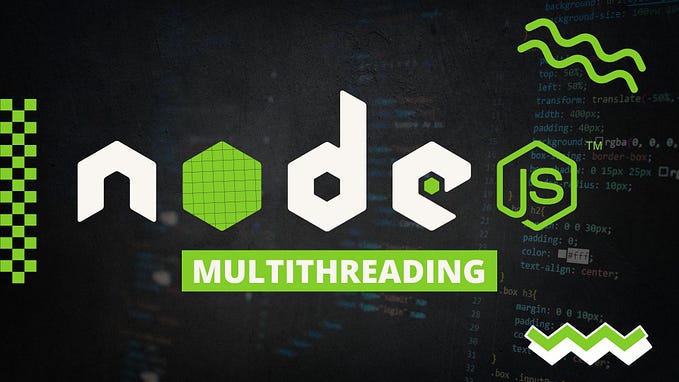Member-only story
How to Set Up GitLab with a Self-Signed SSL Certificate: A Step-by-Step Guide
Hey, I’ve been working on getting GitLab up and running with a self-signed SSL certificate, and I thought I’d share the process with you in case you need to do the same. Let me walk you through how to set up GitLab securely using a self-signed certificate, which can be especially useful if you’re running it in a local environment or for internal testing.
Why Use a Self-Signed SSL Certificate?
A self-signed certificate is free and easy to generate, which makes it great for internal projects or testing environments where you don’t need to purchase a certificate from a trusted certificate authority (CA). While it won’t be trusted by browsers right out of the box, it’s perfect when you just need encrypted communication within your local network.
Prerequisites
Before we dive in, here’s what you’ll need:
- GitLab installed on your server (either Omnibus or source installation).
- Root or sudo access to…









